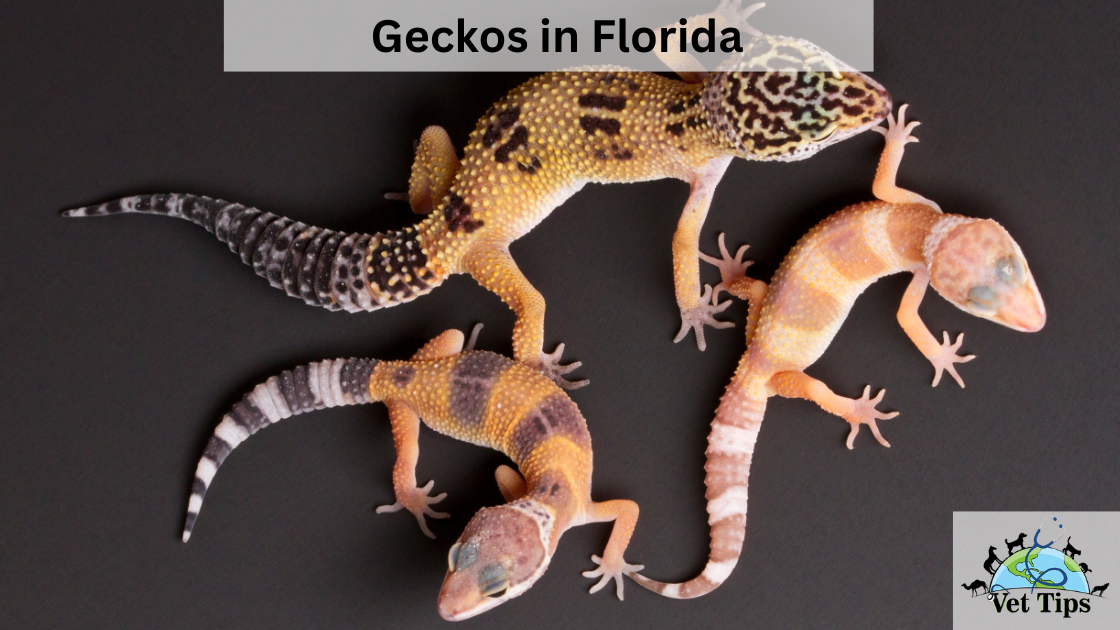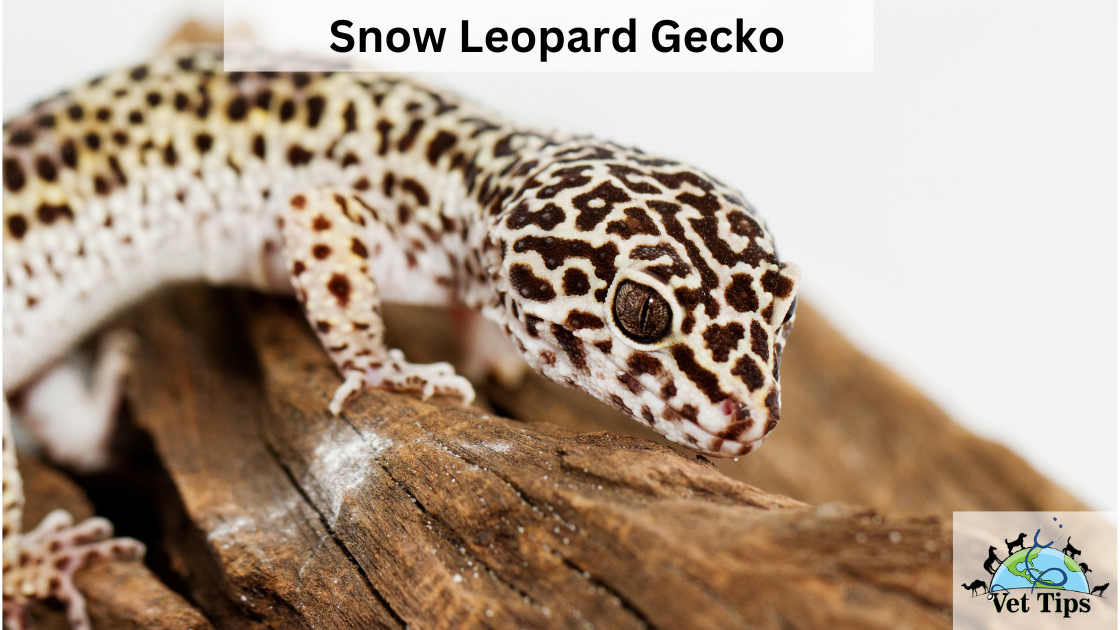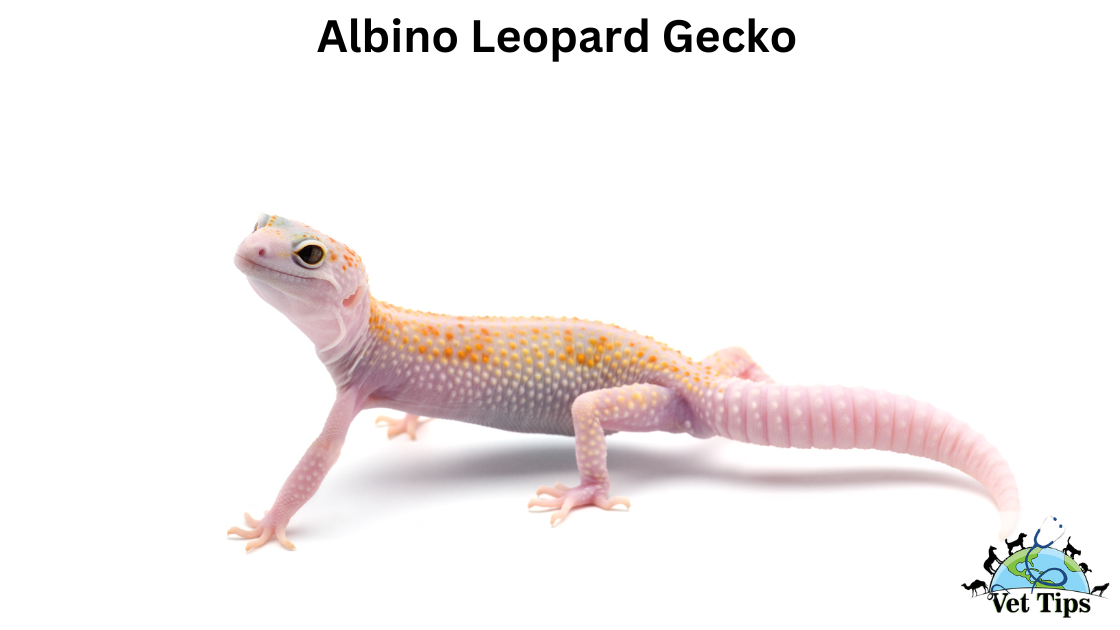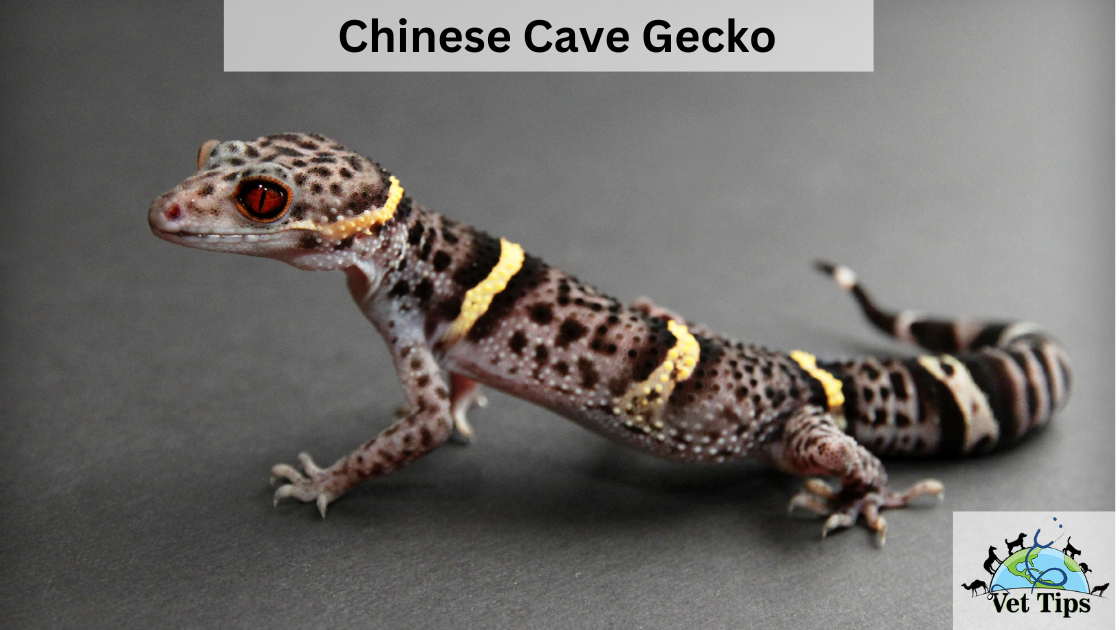If you’ve ever thought about the interesting and varied world of geckos, particularly within Florida, you’re in for a treat. Geckos in Florida come in many different kinds, and each has its own unique traits and strange habits. From the cute Reef Gecko to the hard-to-find Tokay Gecko, these reptiles have found a place in the climate of the Sunshine State.
What is a Gecko?
Geckos are a type of lizard that are known for their unique features, like their sticky toe pads that help them climb walls and ceilings with ease. These quick-moving animals can be found all over the world in many different conditions and environments, which shows how well they can adapt.
Geckos in Florida: A Colorful Mosaic
The tropical temperature and variety of landscapes in Florida make it a great place for many kinds of gecko to live. Let’s take a look at the many different kinds of geckos that live in Florida:
1. Reef Gecko: Nature’s Camouflage Artist
The Reef Gecko is often found near the coast or on a reef. Their colors help them fit in with their surroundings, which is a smart way to protect themselves from being eaten. They are crepuscular, which means that they are awake during the hours of dusk and sleep during the day.

2. Tropical House Gecko: Silent Inhabitants
The Tropical House Gecko is often seen where people live. These small geckos have learned to live in cities and can often be seen waiting by porch lights for bugs to fly by. Tropical house geckos are nocturnal, like most geckos. They can change the color of their bodies to match their surroundings, going from dark brown to almost white. House geckos that live in tropical areas are often found near beaches, on trees and walls, and sometimes even inside houses.

3. Mediterranean House Gecko: Nocturnal Residents
The Mediterranean House Gecko is another gecko that has made itself at home in places where people live. This gecko has become a nighttime friend in many Florida neighborhoods thanks to its unique singing sound and love of walls and windows.
Like many other animals, these geckos change color at night. The fact that the Mediterranean house gecko has spread so far around the world shows how flexible it is.
4. Flat-Tailed House Gecko: Master of Mimicry
People recognize the Flat-Tailed House Gecko by its bowed tail, which it uses to store fat. This helps them live when there isn’t enough food, and you can often see them hanging to walls to look for insects.
The flat-tailed house gecko can spread these pieces of skin and use them to hide its shadow so it can fit in with its surroundings. They don’t move around much and aren’t protective or violent. Because of how calm they are, they make great pets.
5. Tokay Gecko: A Flash of Color
The Tokay Gecko stands out in Florida because of the bright blue and orange colors it has. Their unique sounds and big size make them both interesting and a little bit scary to meet. The tokay gecko is known for being very violent, and its painful bite can puncture skin and cause it to bleed. Depending on how big the gecko is, this bite can be stronger.

6. Amerafrican House Gecko: Unusual Origins
The American House Gecko has made Florida its home. Researchers are interested in learning more about it because of how it looks and acts. They hunt moving and crawling bugs at night and can change the color of their skin to match their surroundings. They have bumpy skin that can be brown, gray, or pink. Their tails have zigzag lines and dark bars.
7. Common House Gecko: A Familiar Face
The Common House Gecko is one of the most common types of gecko and does well in cities. Because it likes lights, it stays close to homes, where it helps control the number of bugs.
House geckos can live between 5 and 10 years. During this time, females lay up to fifteen eggs at a time in nests. In one mating season, a guy can have up to three different mates. The common house gecko can be very aggressive, and if it feels threatened, it will probably bite other geckos of the same type.
8. Golden Gecko: A Shimmering Beauty
The Golden Gecko is beautiful to look at because of its bright golden skin. This species is from Vietnam, but it has made itself at home in some places of Florida. They live at night and are linked to Tokay geckos. Golden geckos live in many different places, but it seems like they like to hide in places with wet dirt or leaf litter. They are now more popular as unusual pets, which is why there are so many wild ones in Florida. They bite, but they are tough and easy to take care of.

9. Indo-Pacific Gecko: An Invasive Resident
This gecko came from the Indo-Pacific region, but it is now living in Florida. It probably got there through the pet trade. It has become an exotic species because it can change and reproduce well. Because of its long face, it is often called the “fox gecko.” It looks like a normal anole, but its toe pads are like those of a typical crested or leopard gecko.
The Indo-Pacific gecko is parthenogenetic, which means that a female can lay healthy eggs without the help of a man. Like a lot of other types, these geckos only come out at night.

10. Cuban Ashy Gecko: An Elusive Enigma
The Cuban Ashy Gecko is known for being hard to find because it blends in so well with its surroundings. The fact that it is hard to catch adds to the mystery surrounding this species. The ashy house gecko is a dwarf gecko, but dwarf geckos can be as small as half an inch long. The ashy house gecko is on the bigger side of dwarf geckos. They are eaten by the Common House Gecko and the Amerafrican House Gecko, which are both bigger gecko types.
11. Giant Day Gecko: A Tropical Gem
The Giant Day Gecko is a famous species among people who like reptiles. It is big and has bright colors. It has found a good place to live in Florida, with its green grass and trees. They like to climb trees and walls instead of running around on the ground, and they eat many different things.
During the day, they are busy. They eat in a unique way: they use their long tongues to lick nectar, just like some other lizard species do. They eat both meat and veggies, which means that they are omnivores.

12. Mourning Gecko: A Nocturnal Symphony
The Sadness In Florida, you can hear the calls of geckos all through the night. This little gecko is a great example of how animals can live in cities. They live in trees and bushes and are most busy at night. Their food is a mix of meat and plants. Also, these geckos change colors at night, so their colors can change at different times of the day.
13. Ocellated Gecko: Nature’s Artwork
The Ocellated Gecko has complex patterns that look like brushstrokes. The way this gecko looks shows how beautiful nature design can be. Even though these geckos have been living in Florida for a long time, they are still not very common there. They like to hang out near piles of trash and leaves.
14. Gold Dust Day Gecko: Glimmers of Green
With its shiny green scales, the Gold Dust Day Gecko is a beautiful sight against the greenery of Florida. It came from Madagascar, but now it has become a part of the state. Most gecko species are active at night, but the gold dust day gecko is active during the day. They are known for the bright and beautiful blues, yellows, and greens that make up their bodies.

15. White-Spotted Wall Gecko: Hidden Treasures
The White-Spotted Wall Gecko stays hidden by making itself look strange. The way they act and look is a great example of how natural selection works. White-spotted wall geckos can be up to 6 inches long. They have gray backs, white bellies, four white spots on their shoulders, and many big, rough scales all over their bodies.

How Can the Population of Geckos in Florida Be Controlled?
With the number of gecko species in Florida growing, there is a need to find effective ways to control and handle them:
Control and Management Programs
To keep the gecko population in check, you need a broad plan that takes into account both the environment and public opinion. It is very important to use ways of population control that are good for the environment.
Eradication Efforts
Invasive species, like the Indo-Pacific Gecko, may need focused efforts to get rid of them so they don’t cause more damage to local environments. For these kinds of projects to be successful, they need to be carefully planned and researched.
Public Awareness and Education
Getting the word out about geckos and what they do for the environment can help people understand and appreciate them. Teaching people how to live with these animals helps clear up misunderstandings and encourages people to act in a responsible way.
FAQs
What Type of Gecko Is Most Common in Florida?
The Tropical House Gecko is one of Florida’s most popular types of gecko. The fact that it can live in cities has helped it become so common.
Are Florida Geckos Harmless?
Yes, most Florida geckos are safe for people to be around. They help keep the number of bugs down, which is important.
Are Geckos A Problem in Florida?
Geckos are good for Florida’s environment, but some alien species can make it hard for native species to live there. To keep the world in balance, it is important to use the right management methods.
Tell us in the comments, how you like our article “Geckos in Florida”
For similar posts like this, click here.
For the source file, click here.








